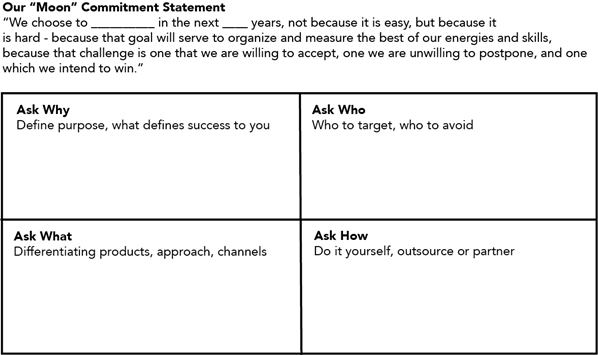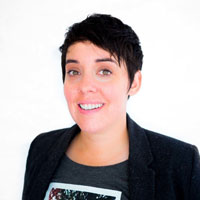
Every organization wants to stand out from their competitors, but very few are truly successful at it.
Outside of the frequently lauded names such as Apple, Amazon, and USAA, companies continue to do a lot of ‘talking about’ and ‘studying’ yet struggle to capture the same magic. The problem is these same organizations are using an old set of tools for a new set of challenges.
The complexity of the customer has increased exponentially over the last 10-20 years. New technologies, communication channels, globalization, and new business models have disrupted, upended, or eliminated industries and products. “Instant” response and gratification have quickly become the baseline expectation, rather than the exception. So reasonably speaking, utilizing the same methods, mentality, and tools to capture and understand customer needs in a way your competitors won’t is virtually impossible, because they’re using the same tools and approaches as well.
Traditionally, the method begins by “talking with customers” and observing them using the product or service in real life, examining the environment they use it in, understanding what broader objectives they have, and identifying ways in which improvements can be made. A straightforward process.
However, what’s missing is the magic of identifying differentiation. How will your organization discover something unique and different, that your competitors haven’t already seen? It requires a new methodology that encourages bold, measured action, and looking beyond simply “the today”.
This brings us to the Brand Differentiation Canvas.
The Brand Differentiation Canvas helps companies identify not only how they can differentiate but serves as a strategic management tool and visual chart describing a company’s unique value, aligns focus, and illustrates potential trade-offs. The Brand Differentiation Canvas includes two main components:
The “Ask” Grid – Designed to address 4 core areas: the Why, Who, What, and How. To be examined in this order, your team works to brainstorm each of these parts of the grid in-depth, contributing a wide range of ideas and concepts.
“Moon” Commitment Statement – Based on the famous John F. Kennedy speech about the U.S. commitment to the space race and putting a man on the moon, the “Moon” Commitment is your organization’s bold goal – what you want to achieve that no other competitor has.
The Pragmadik Brand Differentiation Canvas*

Let’s go deeper into the process. The “Ask” grid is comprised of 4 building blocks of differentiation. Each of these is designed to get your team to explore deeper questions about:
Why – Defining the bigger purpose – what broad objective you want to achieve for your customer and defining how you will measure success.
Who – Defining the ideal target audience, where the greatest opportunity lies, along with those audiences and segments to avoid and not pursue.
What – Identifying what products, services, processes, methods, and channels you need to achieve your bigger purpose/objective.
How – Identifying an execution approach, leveraging your best internal assets and skills, and selecting key partners to provide unique support.
The Brand Differentiation Canvas can be printed out on a large surface so groups of people can jointly start sketching and discussing brand differentiation elements with post-it notes or board markers. It is a hands-on tool that fosters understanding, discussion, creativity, and analysis.
Differentiation can be a big challenge when it comes to today’s customer. However, by utilizing a new tool and a new approach, organizations can uncover unique differentiation opportunities and leapfrog their competitors.
*Brand Differentiation Canvas is a Trademark of Pragmadik.
About the Author
 Andrea Belk Olson has a 20-year, field-tested background that provides unique, applicable approaches to creating more customer-centric organizations. A 4-time ADDY® award-winner, she began her career at a tech start-up and led the strategic marketing efforts at two global industrial manufacturers. In addition to writing, consulting and coaching, Andrea speaks to leaders and industry organizations around the world on how to craft effective customer-facing operational strategies to discover new sources of revenues and savings.
Andrea Belk Olson has a 20-year, field-tested background that provides unique, applicable approaches to creating more customer-centric organizations. A 4-time ADDY® award-winner, she began her career at a tech start-up and led the strategic marketing efforts at two global industrial manufacturers. In addition to writing, consulting and coaching, Andrea speaks to leaders and industry organizations around the world on how to craft effective customer-facing operational strategies to discover new sources of revenues and savings.




